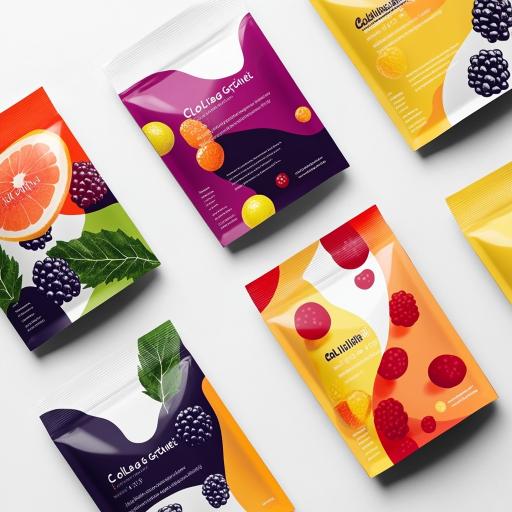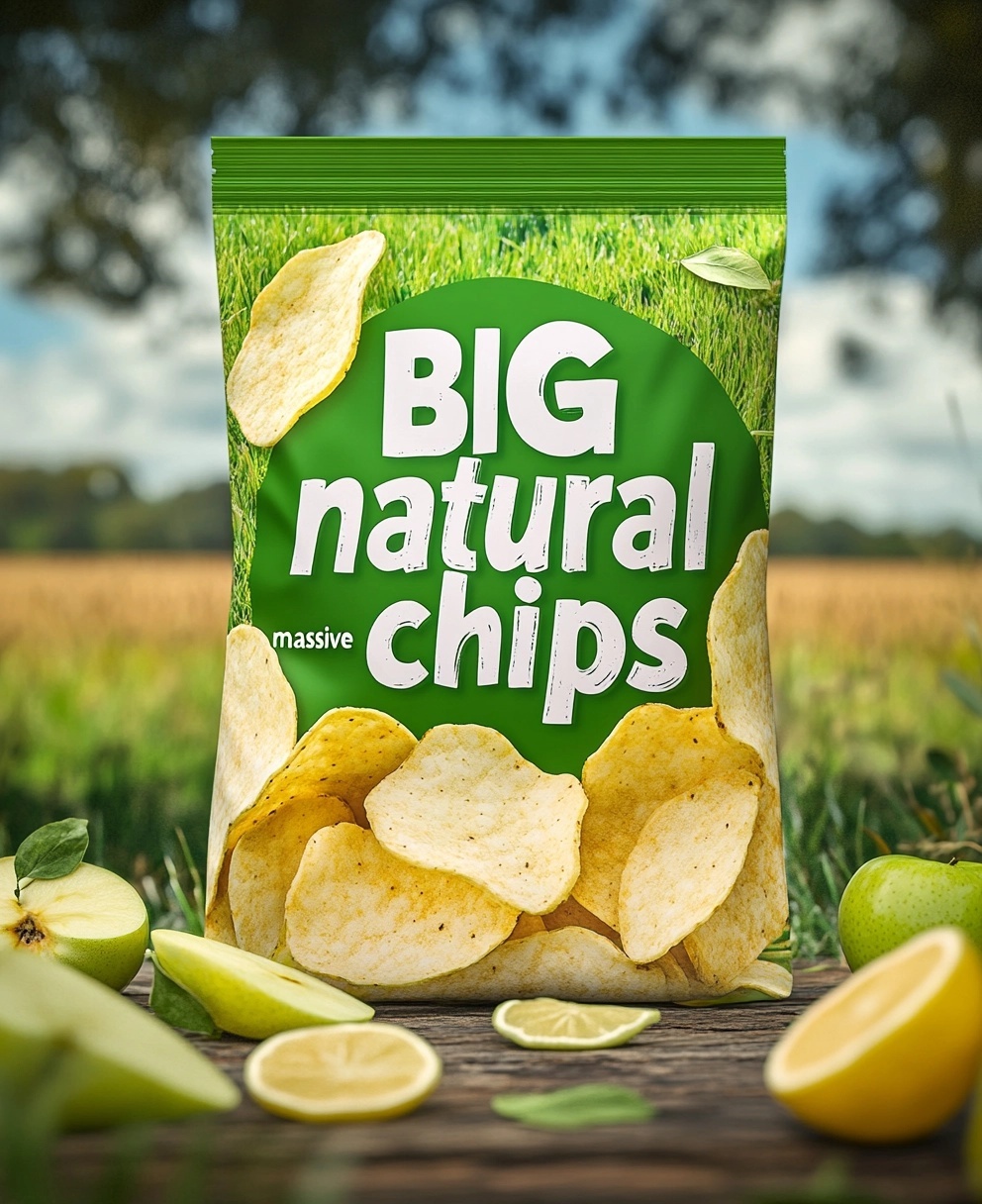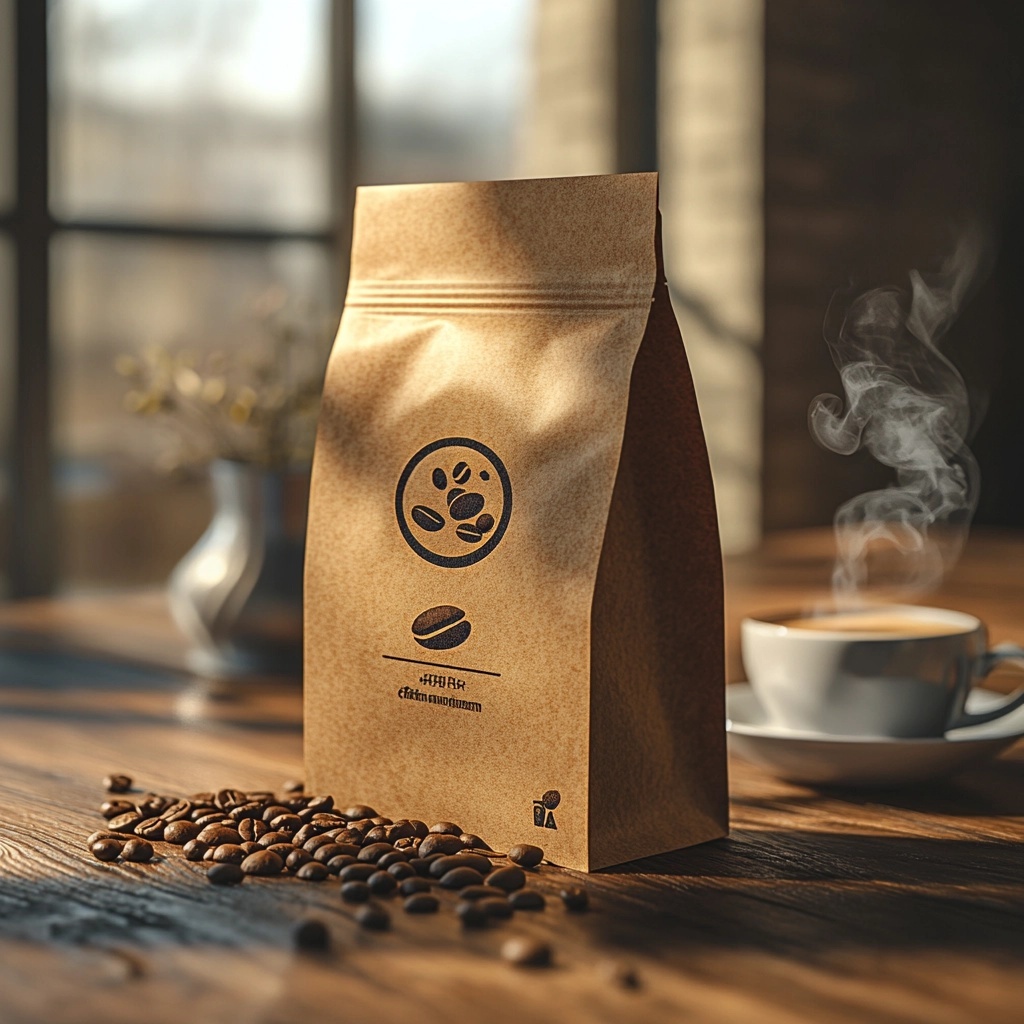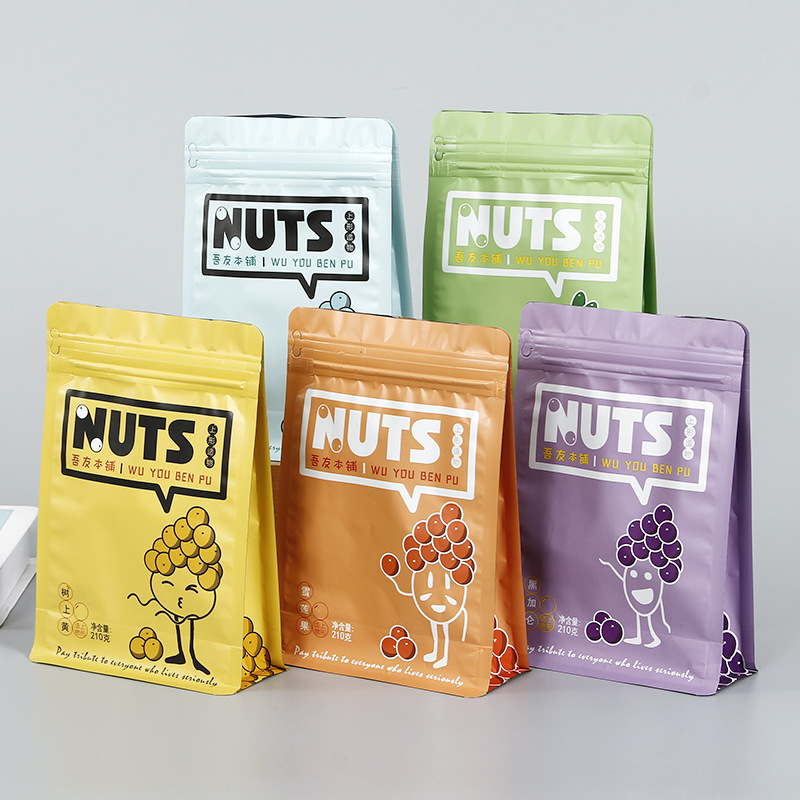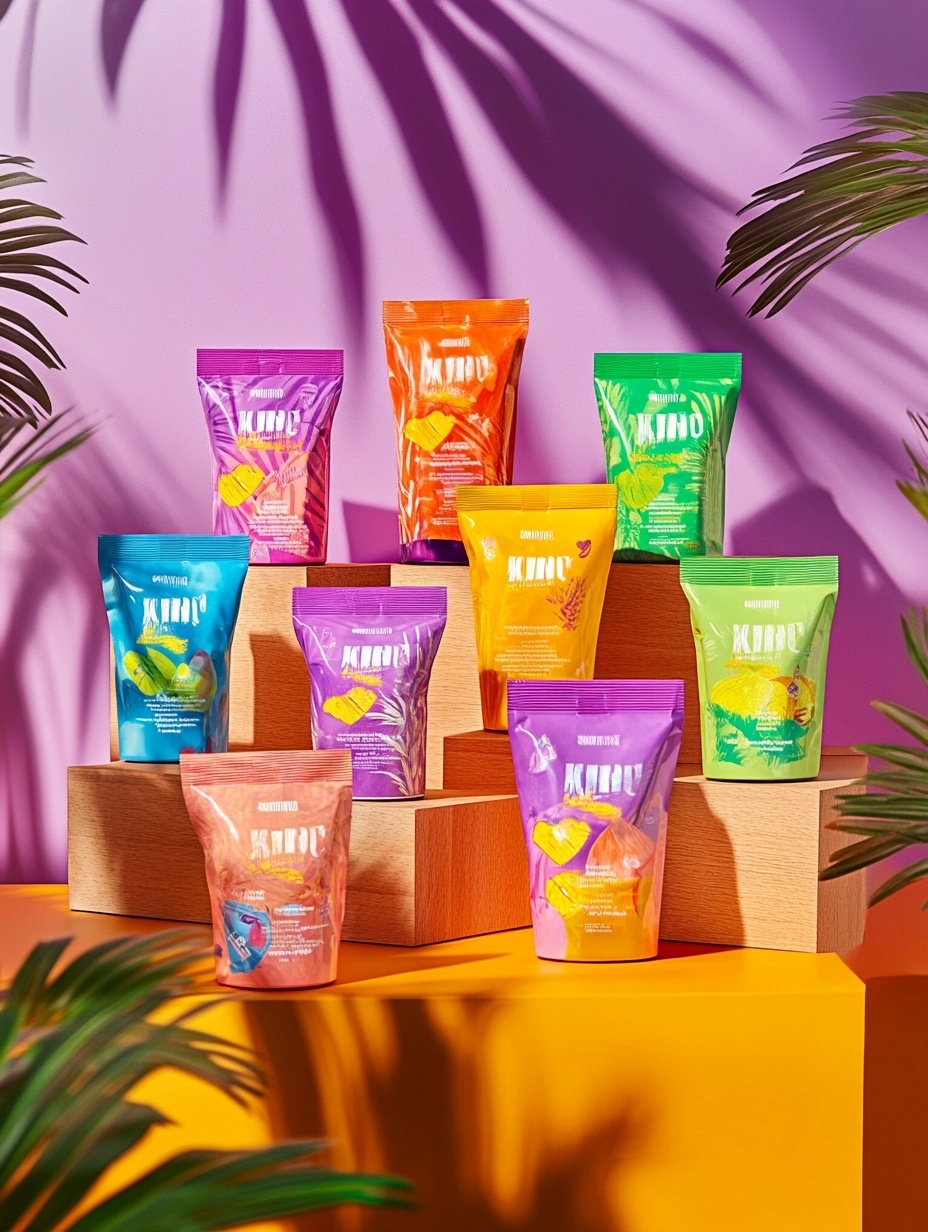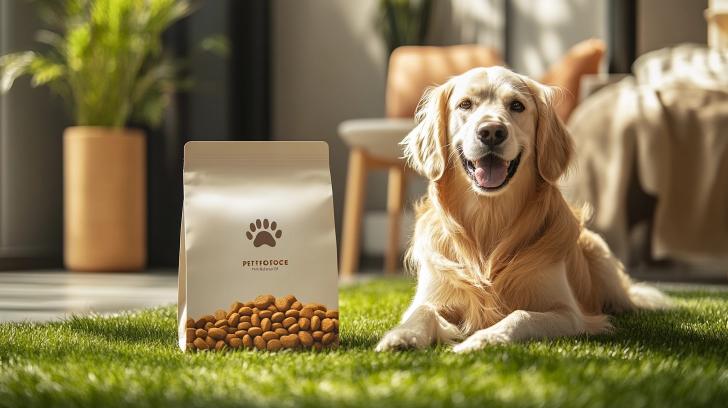Coffee packaging can make or break the quality of your product, the perception of your brand, and even your margins. Are you making the right choice?
Flat bottom, stand up, and quad seal bags all preserve coffee well, but they differ in cost, appearance, and sustainability. The best option depends on your brand goals and customer expectations.
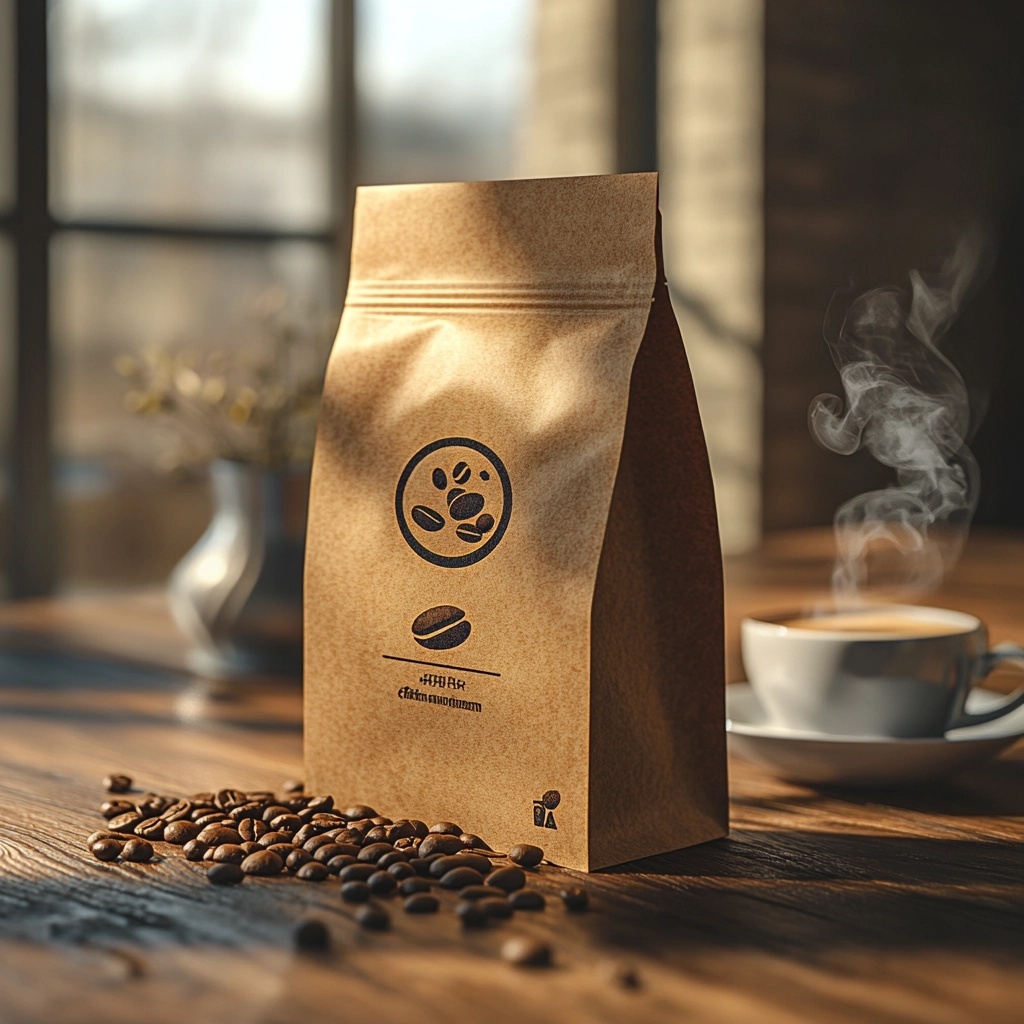
When I first started providing flexible packaging for coffee clients, I realized how much was riding on this one decision. Not just freshness—but also brand image, shelf space, and even carbon footprint. And once a roaster finds the right fit, it becomes a core part of their identity. Let’s break down the options that matter most.
How Does Each Bag Style Protect Coffee Freshness?
When coffee loses its aroma, flavor, or crunch, customers notice. And they remember. That’s why freshness is a non-negotiable part of packaging.
All three options—flat bottom, stand up, and quad seal—can be equipped with degassing valves and high-barrier materials to keep coffee fresh.

Barrier properties and sealing matter most
Preserving freshness starts with structure. All three packaging styles support multilayer laminates, foil linings, and degassing valves. But how they hold their shape impacts air retention, resealability, and shelf stability.
| Bag Type | Degassing Valve | Reseal Options | Barrier Materials | Seal Strength |
|---|---|---|---|---|
| Stand Up | Yes | Zipper | Medium-High | Moderate |
| Flat Bottom | Yes | Zipper/Tin Tie | High | Strong |
| Quad Seal | Yes | Zipper/Tin Tie | High | Strong |
In my experience, flat bottom and quad seal pouches offer better air-tightness and structural integrity. That means slower oxidation and more reliable aroma retention over time. Stand-up pouches are solid, but their lighter structure may not hold up as well during shipping or long shelf periods.
Which Package Type Offers The Best Value For Roasters?
Every cent counts—especially for small-batch or specialty roasters with tight margins. But value isn’t just about the cheapest price. It’s about what you get for what you pay.
Stand up pouches are the most economical, while flat bottom and quad seal bags cost more but offer stronger branding and shipping advantages.

Cost versus impact—what’s really worth paying for?
Here’s what I often discuss with clients: If you’re selling premium beans, your bag needs to look premium. But if you’re scaling or starting out, unit cost is critical. Let’s break it down.
| Bag Type | Avg. Unit Cost | Minimum Order Quantities | Printing Area | Shipping Efficiency |
|---|---|---|---|---|
| Stand Up | Low | Low | Medium | Moderate |
| Flat Bottom | Medium-High | Medium | Large | High |
| Quad Seal | Medium | Medium | Large | High |
Flat bottom bags can stand neatly and display full-panel branding, making them great for retail shelves. Quad seal bags share those perks but may not be as stable when empty. Stand-up pouches shine for online sellers due to their affordability and flexible MOQs.
What Do Consumers Prefer In Coffee Packaging Design?
Your customer might not know the difference between pouch types. But they know when something feels high-end or eco-friendly—or not.
Consumers often prefer flat bottom and quad seal bags for their premium feel, while stand up pouches are appreciated for convenience and resealability.

Packaging is part of the brand experience
As a packaging supplier, I’ve watched firsthand how switching bag types can shift a brand’s image. A bold, matte quad seal pouch with a degassing valve can signal small-batch artisan. A minimalist stand up pouch with clear windows feels more natural and accessible.
| Bag Type | Shelf Appeal | Ease of Use | Perceived Quality | Design Flexibility |
|---|---|---|---|---|
| Stand Up | Good | High | Medium | Medium |
| Flat Bottom | Excellent | High | High | High |
| Quad Seal | Excellent | Medium | High | High |
Modern buyers look for visual clues: foil touches, kraft paper, clean fonts. The structure supports the message. Flat bottom bags allow five printable panels. That gives roasters space to showcase origin stories, brewing guides, or certifications.
How Do These Bags Compare In Sustainability Features?
Sustainability isn’t optional anymore. More buyers are actively looking for brands that reduce waste and offer recyclable packaging.
Stand up pouches are leading in recyclable options, while flat bottom and quad seal bags are catching up with compostable and paper-based innovations.
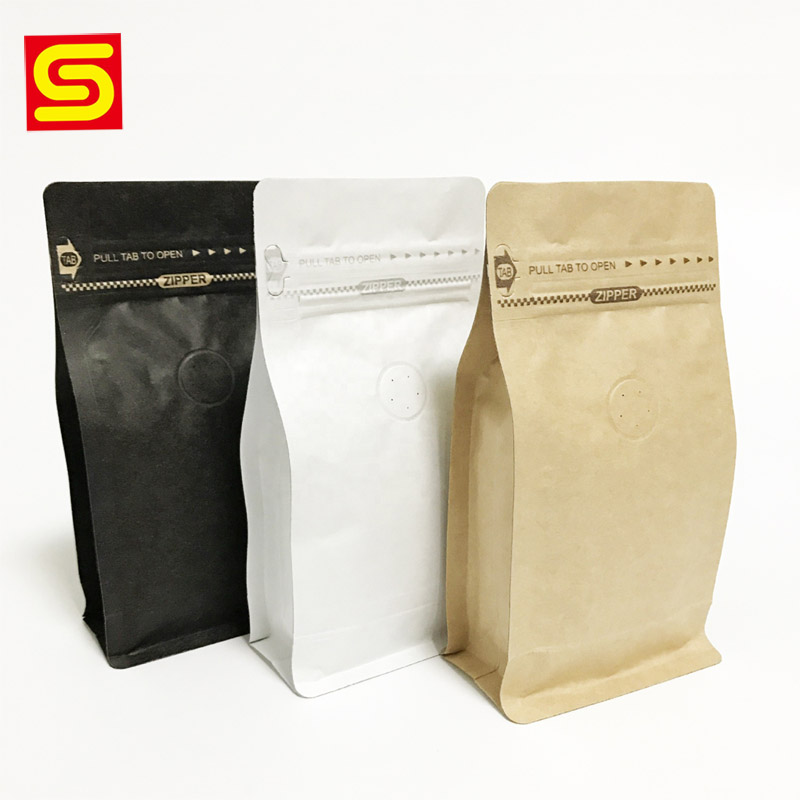
What’s the real environmental impact?
Eco-friendliness depends on materials, recyclability, and how much material is used overall. Here’s a quick comparison:
| Bag Type | Recyclable Options | Compostable Options | Material Usage | Carbon Footprint |
|---|---|---|---|---|
| Stand Up | Widely Available | Limited | Low | Low |
| Flat Bottom | Growing Availability | Some Available | Moderate | Medium |
| Quad Seal | Available | Some Available | Higher | Medium-High |
Stand up pouches use less material overall, which makes them easier to produce in recyclable formats. Flat bottom and quad seal bags use more layers and film, but many suppliers (like us) now offer recyclable laminates or even paper-based structures.
Conclusion
Each coffee bag style has strengths. The best choice depends on your priorities—freshness, cost, design, or sustainability.

